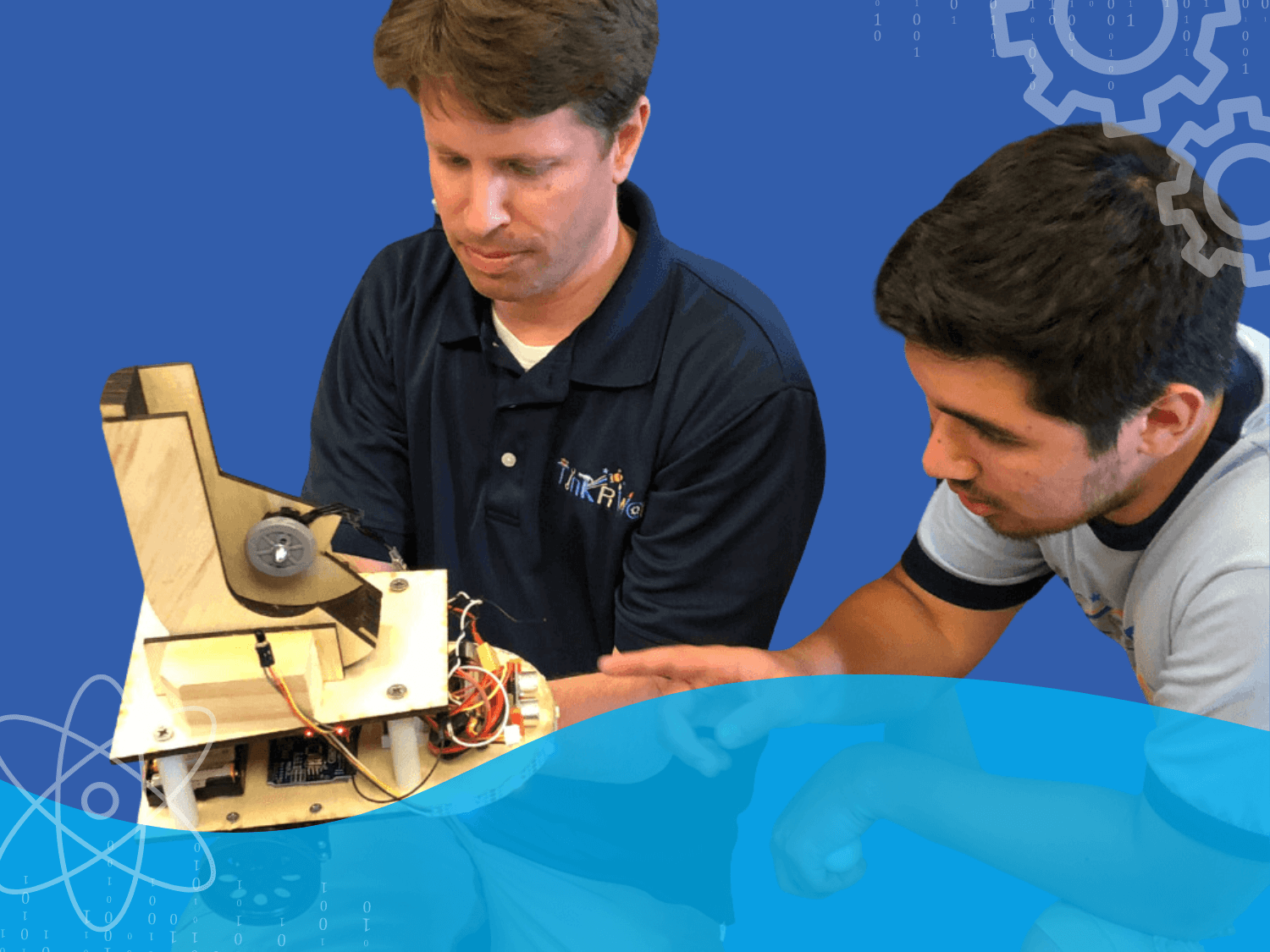Developing and implementing STEM initiatives has long been a priority for educational institutions, but sometimes it can be a challenge to acquire all of the necessary stem education funding to get these programs up and running. Due to the need for new technology, advanced tools, and other costly resources, funding STEM curricula often goes beyond schools’ budgets.

Over the past four years, many schools have taken advantage of ESSER funds from the pandemic to invest in enhanced STEM resources. However, as we reach the end date of these funds, schools will need to expand their search for other opportunities to fund STEM initiatives.
Securing funding for STEM programs can be challenging and time consuming, but with the right strategies, schools can obtain the financial support they need to bring enriching STEM and STEAM experiences to their students.
The Value of STEM Education
STEM education is a valuable investment for schools, fostering critical thinking, creativity, and problem-solving skills. These fundamental skills and knowledge prepare students for their future educational endeavors and careers. Plus, studies show that the average STEM student academically outperforms 70% of their peers, a benefit that can be seen across school subjects and grade levels.
Schools can further enhance the value of their curricula by integrating the arts into STEM programs, providing engaging STEAM experiences for students. For instance, hands-on project-based STEAM instruction allows students to experiment, create, and discover. These STEAM initiatives can spark a lifelong interest in STEM disciplines, innovation, and exploration.
Identifying Sources of Funding
#1 Government, Competitive, and Private Grants
Enhance your STEM education initiatives with title funding and grants. Many federal and state funding opportunities apply to STEM education, including Title IV of the Every Student Succeeds Act (ESSA). Most government funding programs are awarded directly to states based on a formula, then states determine how to pass the funding on to districts and schools.
Private grant opportunities, such as those from corporations, organizations and foundations, are typically competitive. However, these funding sources often provide the benefit of being applicable to a wider range of STEM resources.
#2 Sponsorships and Donations
Many businesses recognize the impact of STEM programs and may be willing to sponsor educational initiatives. In return, your school may agree to provide companies with recognition for their support by having their name or logo highlighted in school materials.
Larger corporations typically utilize grant programs to award funding, but local businesses are more likely to offer direct sponsorships for STEM initiatives like robotics teams or coding clubs. While the sponsorship route may be a better option to find funding for STEM-related teams, tech job fairs, field trips, or other short-term programs and events, it still can help support your school’s endeavor to provide enhanced STEM experiences for students.
#3 Fundraisers and community support
Utilizing community support through fundraisers and donations can help your school afford STEM resources that haven’t been approved for a grant. Fundraisers can mobilize your school community to be more involved with STEM initiatives from the start, helping them truly experience the value of investing in these programs. Fundraising is an effective way to finance smaller initiatives, such as purchasing supplies for STEAM projects.
In addition, donations from families, alumni, and community members can help take your STEM programs to the next level. These partnerships may provide financial contributions or donations of equipment, supplies, or volunteer time. All of these resources are essential to develop and maintain a successful STEM program.
The Grant-Writing Process in STEM Education Funding
The most common source of funding for STEM initiatives at K-12 institutions is title funding and grants. There are many STEM funding and grant-writing opportunities for schools across the country. These programs may be backed by federal or state governments, corporations, private organizations, or nonprofit foundations.
First, educational institutions must determine the scope of the STEM initiative they want to fund. Before even looking into grant opportunities, organizations must identify their need, determine what type of programming they will need to fund, and calculate how much money the project will cost.
After assessing the project scope, organizations can decide what type of grant is best for their STEM initiative. The federal government is one of the largest sources of funding, which is non-competitive and can be a good option for a variety of STEM programs. Institutions may also apply to competitive grants, which are either sponsored by states or other organizations and are highly-selective. Many corporations and foundations also offer grant opportunities, though these may be in smaller disbursement amounts and even more competitive.
It can take upwards of 100 hours to write a grant proposal, with federal grants typically being the most complex. On the other hand, foundation grants may only take 15-25 hours to complete. Either way, institutions should build a grant committee or team to ensure all key stakeholders are included in the grant-writing process. Involving staff members, administrators, board members, and even STEM experts is essential to developing comprehensive grant proposals.

Every grant is different, but may contain some or all of the following parts:
- Project Summary: Summary of the proposal, overview of your organization, and description of your needs
- Organization Background: Description of organization, mission and vision, and demographics
- Needs Assessment: What need your project will address
- Program Objectives: Your project goals
- Activities: The process, timeline, and team that will meet the goals of the grant
- Evaluation: How you will measure success
- Budget: How you will allocate funding to accomplish grant goals
How to Earn A STEM Grant for TinkRworks
Grant timelines, application requirements, and disbursement periods vary widely and don’t always line up with academic calendars––or with other grant application timelines. With this in mind, it can be helpful for schools to find a partner who can support the grant-writing process.
By partnering with TinkRworks, you’ll have the support and resources needed to secure funding for STEM learning, pursue grant-writing opportunities, and bring exceptional STEAM curriculum to your school. TinkRworks can assist you throughout the process, helping you find and apply to the right grants and ensuring your school submits strong grant proposals. Our grant expert is ready and equipped to support you through the grant-writing process. Schedule a meeting to learn more and get started.


